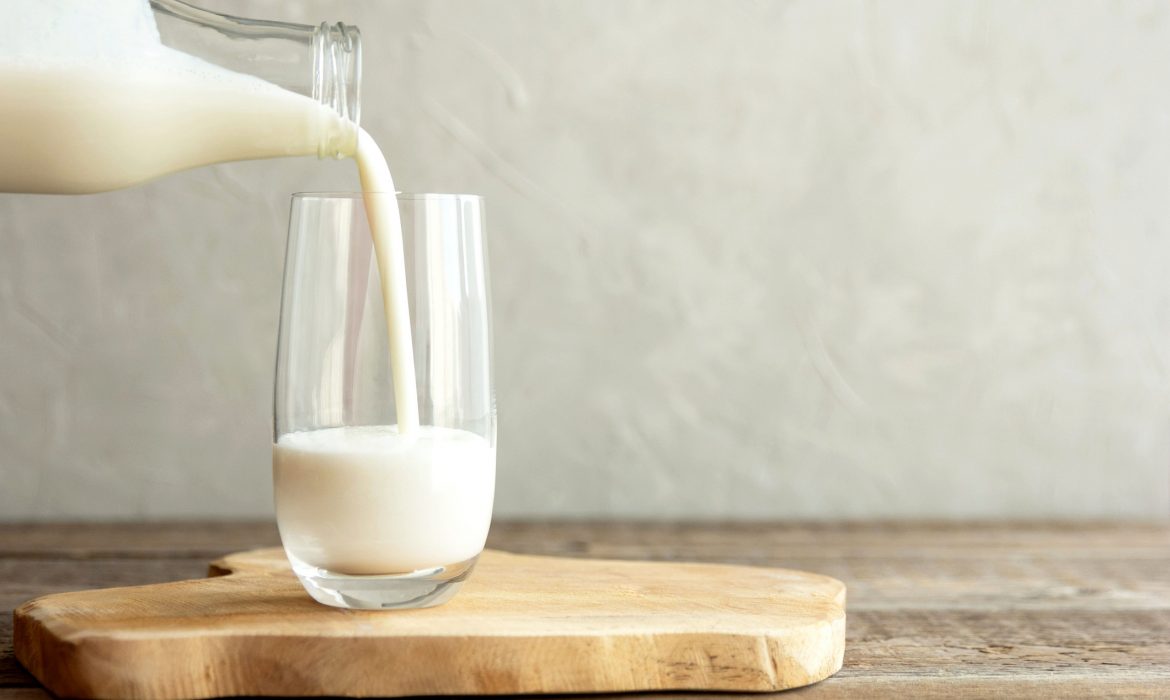The fashion industry has undergone a remarkable transformation in recent years, driven by a growing awareness of sustainability and environmental impact. One of the prominent movements in this realm is eco-fashion, a trend that seeks to minimize harm to our planet through more ethical and responsible practices. Among the most astonishing advancements in this context is clothing made from milk fiber, an alternative that combines functionality, comfort, and environmental respect.
What is milk fiber?
Milk fiber is derived from casein, a protein present in milk. Although not a common material in the textile industry, its potential is fascinating. Let’s explore how this idea emerged and who is behind it:
The pioneer: Anke Domaske
Anke Domaske, a biologist from Hanover, Germany, is the mastermind behind this innovation. In 2010, after years of research and experimentation, she successfully created her first garment with a percentage of milk fiber. Her development process was a journey of trial and error. Eventually, she found the right formula to transform casein into a versatile and sustainable textile material. The process involves allowing milk to sour and dry into protein powder, mixed with water and other natural ingredients to form a fluffy mass from which threads are drawn to create the fabric.
How is milk fiber obtained?
Raw material: Casein is extracted from milk whey, a byproduct of cheese production or milk not intended for human consumption.
Purification: Once obtained, casein is purified and transformed into biodegradable fibers.
Spinning and weaving: The fibers are spun into an ecological yarn, which is then woven into clothing.
Advantages of milk fiber clothing
Hypoallergenic: Casein is naturally hypoallergenic, making it ideal for people with sensitive skin.
Breathable and soft: Milk fiber clothing is soft to the touch and allows the skin to breathe.
Sustainable: It utilizes a byproduct of the dairy industry and reduces reliance on synthetic materials.
Current applications
Fashion: Anke Domaske founded her fashion brand called Qmilch (a combination of “quality” and “milch,” meaning milk in German). Her first collection was a success.
Medical and automotive industries: In addition to fashion, milk fiber is being explored in other areas, such as manufacturing bandages and textiles for automobiles.
Milk fiber is an inspiring example of how creativity and science can transform a byproduct into a sustainable solution for fashion. Perhaps we will soon see more milk-based garments in our closets!”







